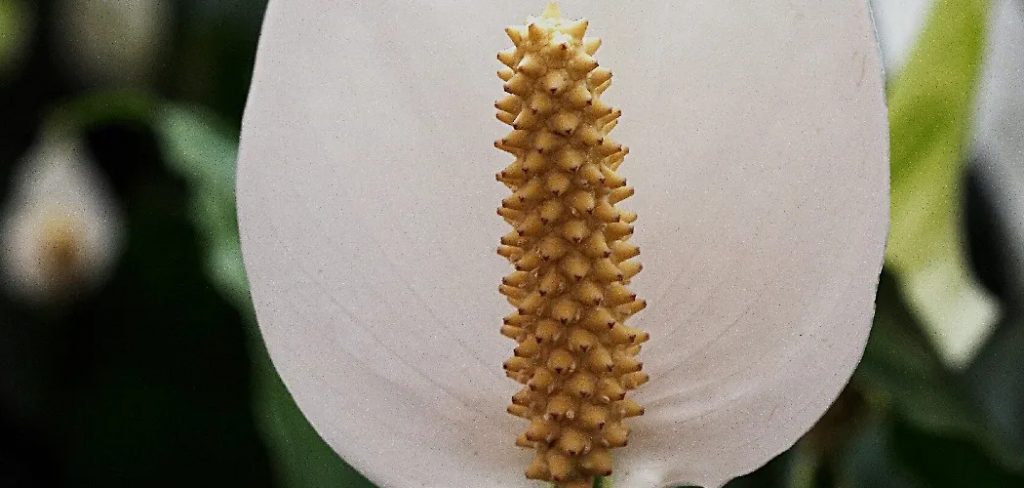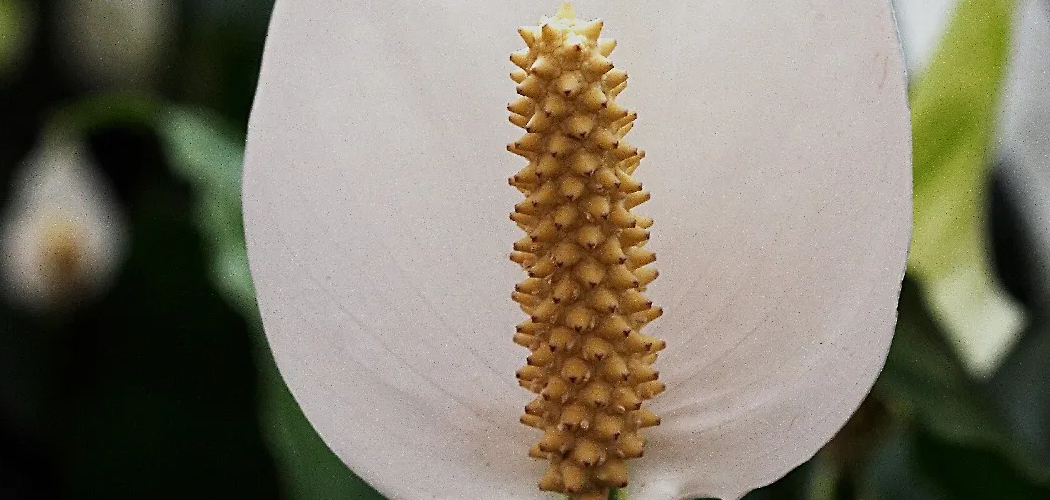To Split a Peace Lily Plant, gently remove the plant from its pot and separate the root clumps.

Considering Your Peace Lily’s Readiness For Splitting
Evaluating the size and health of the peace lily is crucial before splitting it. Check if the plant is overcrowded in its current container. If the roots are visible on the soil surface or starting to grow out of the drainage holes, it might indicate that the plant is ready for splitting. Another factor to consider is the health of the plant. Ensure that your peace lily is not showing any signs of disease or pests, and that it is producing healthy leaves and flowers.
Identifying the suitable time for splitting is important for the success of the process. Generally, it is recommended to divide peace lilies during their active growth period, which is usually in the spring or early summer. This is when the plant is in its strongest growth phase and will recover well from the splitting process.
Gathering the necessary tools and materials beforehand is essential. Prepare a sharp, clean knife or shears to divide the plant. Have separate pots or containers filled with well-draining potting mix ready to accommodate the new divisions. Make sure to have a water source nearby for watering the newly separated plants.
How to Split a Peace Lily Plant : Step by Step Guide
Preparing Your Peace Lily For Splitting
Preparing your Peace Lily for splitting is an important step to ensure successful propagation. Watering the peace lily adequately is crucial before attempting to split the plant. Ensure the soil is moist but not overly saturated, as excessive water can harm the roots. Choose a location for splitting that provides ample space for the new divisions to grow. Select a spot with bright, indirect sunlight to encourage healthy growth.
Before beginning the splitting process, it is essential to clean and sterilize the tools you will be using. This helps prevent the spread of disease and ensures a clean cut. Use a sharp, sterile knife or garden shears to make the cuts, and wipe the blades with rubbing alcohol before each cut to avoid contamination.
Separating The Peace Lily Plant
Separating a peace lily plant can be done with care to ensure successful division. Start by gently removing the peace lily from its container, being mindful not to damage the plant or its roots. Once the plant is removed, inspect the root ball for potential divisions. Look for natural separations or areas where the roots can be carefully divided. Take care to avoid cutting through healthy sections of the root ball.
Address any damaged or diseased sections by removing them completely, leaving only healthy roots for each division. Once the root ball has been divided, replant each division in a separate container to allow for individual growth. With proper care and attention, the divided peace lily plants will thrive and continue to bring beauty to your space.
Replanting The Split Peace Lily
Splitting a peace lily plant is a great way to propagate it and create new plants. When replanting the split peace lily, it is important to select appropriate containers for the divided plants. Each new container should be large enough to accommodate the divided section of the plant and have drainage holes to prevent waterlogging.
Preparing fresh potting mix for each new container is essential for the success of the divided peace lilies. Use a well-draining mix that consists of peat moss, perlite, and organic matter. This will provide the necessary nutrients and aeration for the plants to thrive.
Replant each divided section in its new pot, making sure that the roots are covered with fresh potting mix. Gently press the soil around the plant to secure it in the pot. Water the newly separated peace lilies thoroughly after replanting to help settle the soil and remove any air pockets.
Maintain proper care by placing the newly potted peace lilies in a bright but indirect sunlight location. Water the plants when the top inch of soil feels dry, ensuring not to overwater. With the right care, your split peace lily plants will continue to grow and flourish.
Post-split Care For Your Peace Lily
After successfully splitting your peace lily, it is important to provide adequate lighting conditions. Peace lilies thrive in bright, indirect light, so place your newly separated plants in a well-lit area but away from direct sunlight.
Adjusting the watering routine for each plant is crucial for their well-being. Keep in mind that each plant now has its own root system, so they may require different amounts of water. Check the moisture level of the soil regularly and only water when the top inch feels dry to the touch. Overwatering can lead to root rot, while underwatering can cause dehydration.
As you monitor the newly separated peace lilies, pay close attention to their health. Look for any signs of stress, such as drooping leaves or yellowing. Regularly dust the leaves with a soft cloth to prevent dust buildup, which can hinder their ability to absorb light.
If any issues or complications arise, address them promptly. Common problems include pests, root rot, or nutrient deficiencies. Treat pest infestations with eco-friendly solutions, repot if necessary, and provide appropriate fertilization as needed.
Troubleshooting Common Problems After Splitting
After splitting a peace lily plant, it is important to monitor the divided plants for signs of stress or shock. This includes wilted leaves or yellowing foliage, which indicate that the plants are not adapting well to their new environment. To manage this issue, provide proper care by ensuring the plants receive adequate sunlight, water, and nutrients. Additionally, it is crucial to address any pest infestations or diseases that may arise after splitting.
Regularly inspect the plants for any signs of pests or diseases, and take appropriate measures to control and prevent them. Slow growth or lack of flowering can also be a concern with divided peace lilies. To stimulate growth and encourage flowering, provide a suitable growing environment and consider using fertilizers specifically formulated for flowering plants. By addressing these common problems, you can ensure the long-term health and vitality of your split peace lily plants.

Credit: www.gardeningknowhow.com
Frequently Asked Questions On How To Split A Peace Lily Plant
Will A Peace Lily Cutting Root In Water?
Yes, a peace lily cutting can root in water. By placing the cutting in a container with water, it will develop roots and grow into a new plant.
How Do You Split A Peace Lily Plant?
To split a peace lily plant, carefully remove it from its container and gently separate the root ball into smaller sections. Ensure each section has enough roots and leaves to survive. Replant the divided sections in fresh soil and water them thoroughly.
When Is The Best Time To Split A Peace Lily?
The best time to split a peace lily is during its active growth period, which is usually in the spring or early summer. This allows the plant to recover quickly and establish new roots before entering dormancy in the winter.
Why Should You Split A Peace Lily Plant?
Splitting a peace lily plant helps to rejuvenate it and promote healthier growth. It prevents overcrowding in the pot, allows for better nutrient absorption, and encourages the production of new blooms. By dividing the plant, you can also propagate it and create new peace lily plants to share or decorate other areas of your home.
Conclusion
Splitting a peace lily plant is a straightforward process that can help promote new growth and maintain the health of your plant. By following these simple steps, you can propagate your peace lily and create new plants to enhance your indoor garden.
Remember to choose a healthy plant, prepare the necessary tools, divide the plant carefully, and provide appropriate care after splitting. With proper attention and care, your split peace lily will thrive and bring beauty to your home. Start splitting and enjoy the benefits of a flourishing peace lily!

